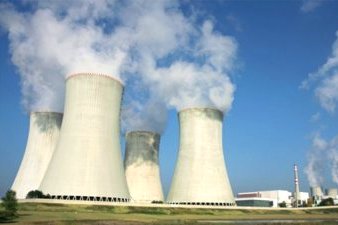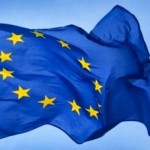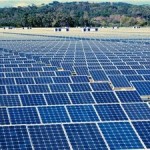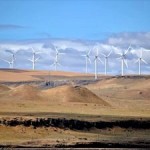 Brussels – The European Commission, assisted by the European Environment Agency (EEA), on October 28 released its 2014 Kyoto and EU 2020 Progress Report assessing the headway on climate action. According to latest estimates, EU greenhouse gas emissions in 2013 fell by 1.8% compared to 2012 and reached the lowest levels since 1990. So not only is the EU well on track to reach the 2020 target, it is also well on track to overachieve it.
Brussels – The European Commission, assisted by the European Environment Agency (EEA), on October 28 released its 2014 Kyoto and EU 2020 Progress Report assessing the headway on climate action. According to latest estimates, EU greenhouse gas emissions in 2013 fell by 1.8% compared to 2012 and reached the lowest levels since 1990. So not only is the EU well on track to reach the 2020 target, it is also well on track to overachieve it.
The Annual Progress Report also for the first time provides data on the use of fiscal revenues from auctioning allowances in the EU Emission Trading System (EU ETS). This new source of revenues for Member States amounted to € 3.6 billion in 2013. From this, around € 3 billion will be used for climate and energy related purposes – significantly more than the 50% level recommended in the EU ETS Directive.
EU Climate Action Commissioner Connie Hedegaard said, “Delivering on 2020 climate goals shows that Europe is ready to step up its act. And better, still: it shows that the EU is delivering substantial cuts. The policies work. Therefore, the EU leaders last week decided to continue the ambition and reach at least 40% by 2030. This will require significant investments. That’s why it is encouraging that Member States have decided to use most of their current ETS revenues to invest in climate and energy and continue the transformation to a low carbon economy.”
These revenues complement the funds from the EU’s NER 300 programme which is devoting €2.1 billion to support 39 large-scale demonstration projects for low carbon technologies around Europe.
Background
The Kyoto and EU 2020 Progress Report is an annual report from the Commission to the European Parliament and the Council. It is based on the data reported by Member States under the Monitoring Mechanism Regulation. The Report provides information about the progress made by the European Union and its Member States towards their greenhouse gas emissions targets. The decrease in emissions of 1.8% in 2013 compared to 2012 implies that total EU emissions are around 19% below 1990[1].
Since 2013 auctioning is the default method of allocating allowances within the EU ETS. Auction revenues accrue to Member States. The EU ETS Directive stipulates that at least half of the revenues from the auctioning of allowances should be used to combat climate change in the EU or other countries.
Most countries have used these investments in fields like energy efficiency, renewable energy or sustainable transport.
For instance, France, the Czech Republic and Lithuania use all their auctioning revenues in projects to improve the energy efficiency of buildings. Bulgaria, Portugal and Spain use most of their revenues to develop renewable energy. Poland uses most of its revenues that are dedicated to climate change in support of energy efficiency and renewable energy. In Germany, most of the revenues are directed to a specific climate and energy fund, which supports a wide range of projects including research and sustainable transport. The UK focuses in particular on energy efficiency, renewable energy, research and financial assistance to low income households in relation to energy expenses. The reported amounts represent only a proportion of total climate and energy related spending in Member States’ budgets.
For further information on EU greenhouse gas emissions and targets, see http://ec.europa.eu/clima/policies/g-gas/index_en.htm
EEA: http://www.eea.europa.eu/media/newsreleases/policies-put-the-eu-on
Source: Europa.
[1] Scope of the 2009 Climate and Energy package (including international aviation emissions and excluding Land Use, Land Use Change and Forestry).














